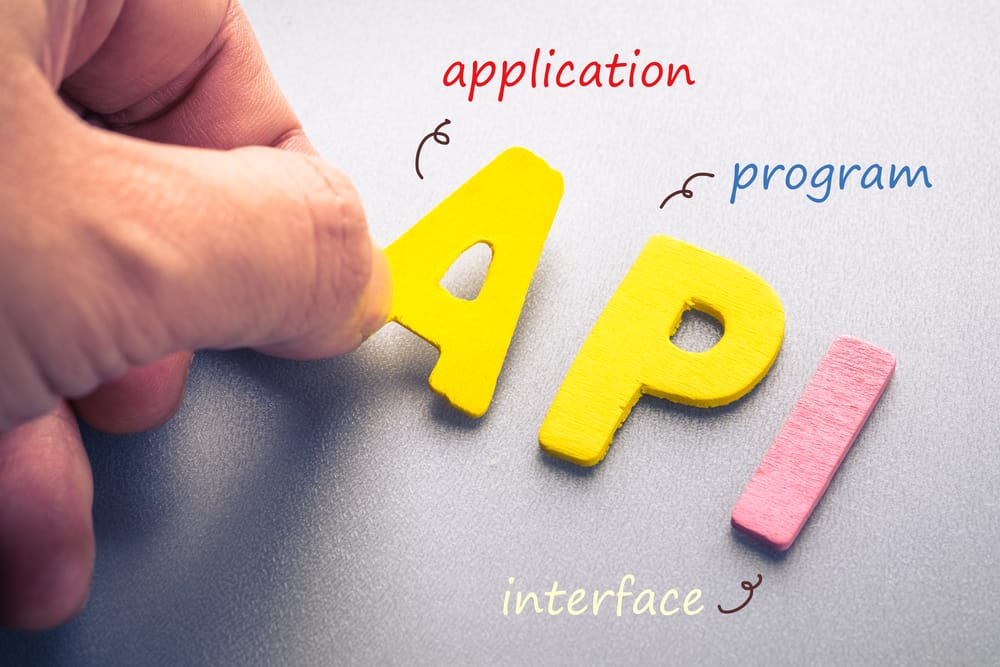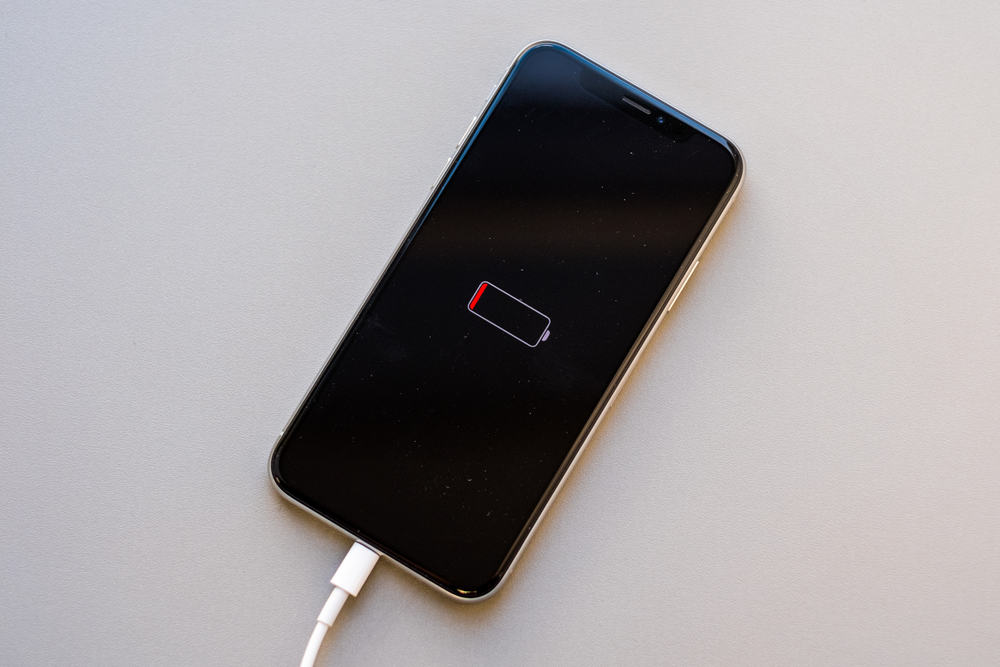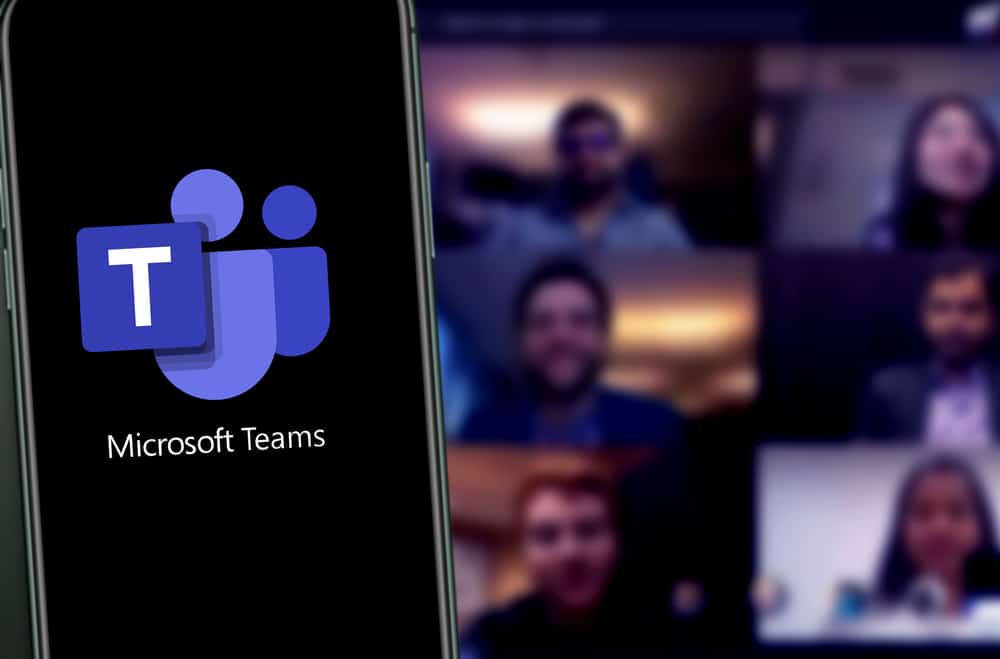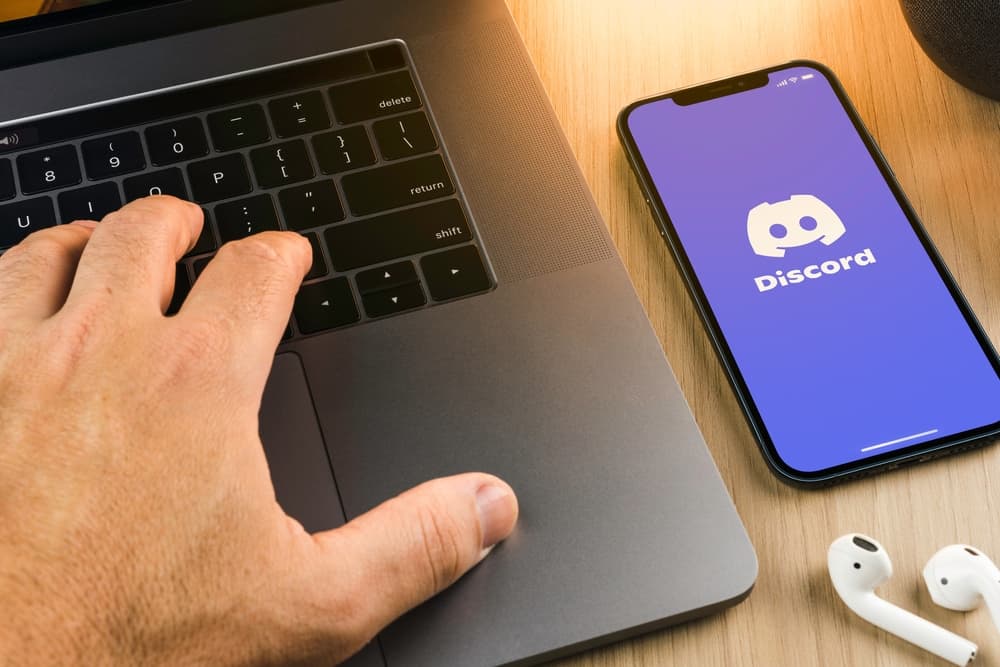
Skype users enjoy free voice and video calls, making it ideal for interviews and remote communication with friends.
Skype is available as a desktop or mobile application. You can also use it on the browser.
While using Skype is fun and affordable, have you ever thought about how Skype works? How is the platform able to offer free calls via the internet? What protocol does it use to make this possible?
Skype is a VoIP platform, meaning its packets are transmitted via the internet. Hence, any network that uses IP for transmission support uses Skype. Ideally, Skype runs on the TCP/IP protocol that consists of two nodes. The ordinary nodes support Skype audio calls and messaging, while the super nodes refer to the hosts in a Skype network. All the ordinary nodes must link to a Skype login server before connecting with the supernodes. That’s how Skype transmits its packets.
We will understand Skype and the protocols it uses for the transmission of packets between hosts. We will discuss how Skype works to help understand how it manages to make its calls free for its users.
Understanding Skype
During the Covid period, Skype witnessed increased users, adding to its popularity. Skype is a software designed to enable global communication. Individuals and businesses rely on Skype to communicate with people via free video and audio calls. Besides, you can use Skype to message your friends and share files with people you connect to on Skype.
To use Skype, you need to create your account. Once you do, you can utilize Skype on the browser or access it via mobile or desktop. You can also utilize the Skype for Business option to help communicate with your team.
When you make a Skype call, the voice and video packets get compressed and converted into IP packets to be transmitted over an IP network. Skype relies on VoIP (voice-over-internet-protocol). The VoIP technology allows it to transmit over the internet instead of the phone line, making Skype calls free.
Transmitting packets via the internet is cheaper, and all Skype users is an active internet connection and a network that supports IP packets.
With VoIP, your data in a voice or video call will be converted into data form and shared across the network using different communication protocols.
What Protocol Does Skype Use?
The Skype VoIP protocol runs on a TCP/IP. This system is different from other VoIP systems because it has two types of nodes: ordinary and supernodes. When you make a Skype call, the hosts don’t directly connect like in a peer-to-peer case. Instead, these nodes are responsible for establishing the connection between the caller and the receiver.
The ordinary nodes manage the audio calls and messaging when using Skype. However, the super nodes are the hosts in the Skype network.
Before you use Skype, you must first get logged in via the ordinary node, which must connect to the Skype login server. Only then can you connect to the super node in the network.
All Skype users and their requests are connected via the Skype login server. The requests must first go through the login server before your call can reach the other nodes in the network.
Again, when you install Skype on your device, it opens the required ports to allow TCP and UDP connections. This happens during the installation process.
The bottom line is that Skype uses VoIP via TCP/IP protocols.
Moreover, when you make your Skype call, your data packets get routed via different nodes in the Skype network to get the shortest path.
This feature allows Skype to reduce its costs and resources required to facilitate calls. That way, Skype can offer free calls to its users.
Conclusion
Skype is a VoIP platform that allows users to make free Skype calls to other users, including group calls.
You can use Skype to message your friends and even share files.
Skype runs on a TCP/IP communication protocol.
It utilizes the ordinary and super nodes to ensure its calls are made via the shortest path and data packets can be transmitted via IP.











